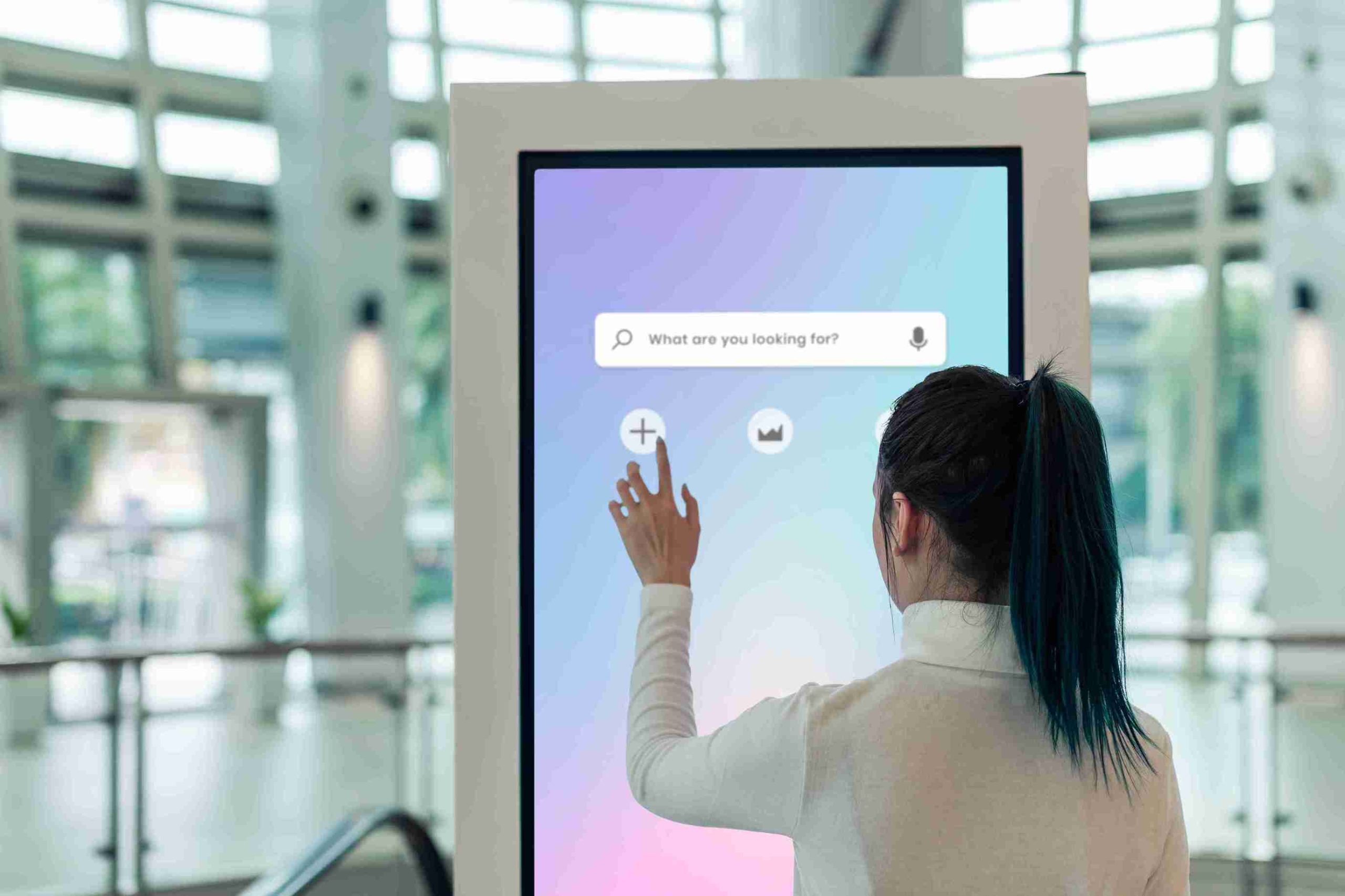
The Evolution of Interactive Touch Screen Kiosks in Modern Business
The business world is constantly searching for ways to enhance customer experience, streamline operations, and drive efficiency. One technology that has quietly yet profoundly revolutionized these areas is the interactive kiosk. Gone are the days of simple, static information displays. The modern self-service solution is a dynamic, intelligent hub. The evolution of touch screen kiosks marks a significant shift, transforming passive customer interactions into engaging, self-guided experiences. This journey from rudimentary boxes to sleek, multi-functional interactive kiosks is a testament to technological progress and changing consumer expectations. Businesses across retail, healthcare, hospitality, and corporate environments are embracing this change.
From Simple Terminals to Smart Solutions
The concept of self-service isn’t new, but its execution has drastically improved with advanced touchscreen technology. Early iterations of information terminals were often bulky and offered limited functionality, resembling automated directory assistance more than a comprehensive service platform.
The Dawn of Touch Technology
The real transformation began with the advent of responsive touch technology. This innovation made the user interface intuitive, removing the barrier of complex input devices. Suddenly, anyone could easily navigate menus, input data, and complete transactions. The shift to a kiosk touchscreen interface was critical. It was the moment the technology became truly accessible and user-friendly, paving the way for the sophisticated self-service model we see today.
Expanding Functionality and Reach
As hardware became smaller, faster, and more robust, the functionality of the single touch screen kiosk exploded. They moved beyond basic information-giving to encompass:
- Self-Ordering and Checkout: Dominant in quick-service restaurants and retail.
- Wayfinding: Providing dynamic, animated maps in large venues like airports and hospitals.
- Patient Check-in: Streamlining administrative tasks in healthcare.
- Ticketing and Booking: Allowing users to manage travel or entertainment reservations.
This versatile nature made touchscreen kiosks an invaluable asset for improving operational efficiency.
Interactive Kiosks Redefine the Customer Journey
Modern businesses recognize that customer experience is the key differentiator. Interactive kiosks provide a critical balance of speed, convenience, and personalization that human staff alone cannot consistently deliver.
Enhancing Service Speed and Accuracy
One of the most immediate benefits is the reduction of wait times. Customers hate queuing. By allowing customers to complete transactions, check-in, or find information independently, touch screen solutions dramatically shorten lines and free up employees. Furthermore, self-service reduces the chance of human error in order-taking or data entry, leading to greater transactional accuracy. This speed and precision contribute directly to higher customer satisfaction scores.
Personalization Through Data Integration
The power of contemporary touch screen kiosks lies in their ability to integrate with business systems. Using data analytics, a kiosk touch screen can offer personalized recommendations or promotions based on past purchases, loyalty data, or even real-time user interaction. In a retail setting, for example, a customer browsing a product on a kiosk might be instantly offered a related accessory or an exclusive discount. This targeted engagement drives higher sales and fosters a sense of being valued by the brand.
The Role of Internal and Advanced Technology
Modern kiosk hardware, including the specialized components that create the seamless display experience, leverages advancements like a touch lamina or lamina screen which refers to the integrated, durable surface built for continuous interaction. These devices are often also part of broader digital signage solutions, providing a unified platform for both interactive services and promotional content. Advanced integration of AI and machine learning allows these systems to learn from user behavior, refining the interface and content delivery over time for maximum effectiveness.
The Future Trajectory of Touch Screen Kiosks
The evolution of these systems is far from over. The future points towards even greater integration, intelligence, and accessibility.
Integrating AI and Contactless Experiences
Future iterations of touch screen kiosks will heavily lean into Artificial Intelligence. AI will enable features such as voice-activated commands, facial recognition for instant loyalty identification, and predictive maintenance. Following global trends in hygiene, we are also seeing a rise in “touchless” interactions, using gesture control or mobile phone integration to control the kiosk interface without direct physical contact. This ensures that the self-service model remains both efficient and safe.
Ubiquitous and Specialized Deployments
As the technology becomes more affordable and versatile, interactive kiosks will become a ubiquitous part of the urban and commercial landscape. We will see highly specialized units:
- Modular designs that can be quickly reconfigured for different seasonal needs.
- Outdoor kiosks with weather-resistant, ultra-bright displays.
- Virtual assistants combining AI and high-definition video to provide sophisticated guidance.
These deployments will continue to elevate the public experience, making information and services available exactly where and when they are needed.
Conclusion
The journey of the touch screen kiosk has been one of continuous technological refinement, moving it from a novel tool to an indispensable business component. They represent the leading edge of self-service, providing businesses with a potent combination of operational efficiency, cost reduction, and superior customer engagement. For any organization looking to thrive in a digital-first world, embracing high-quality touch screen solutions is no longer optional. These interactive terminals are a permanent fixture, bridging the gap between the digital and physical customer journey and ensuring a competitive edge in modern commerce. The continuing innovation in this space promises an even more integrated, intuitive, and intelligent self-service future.